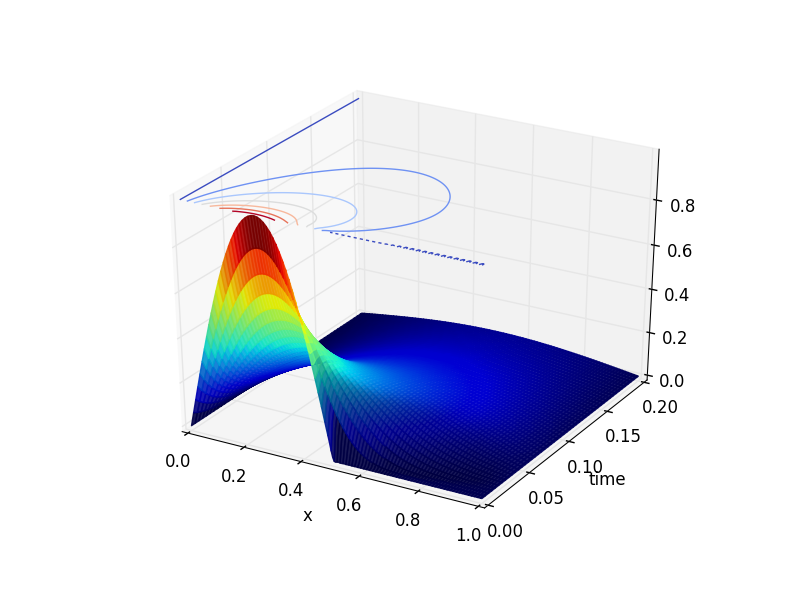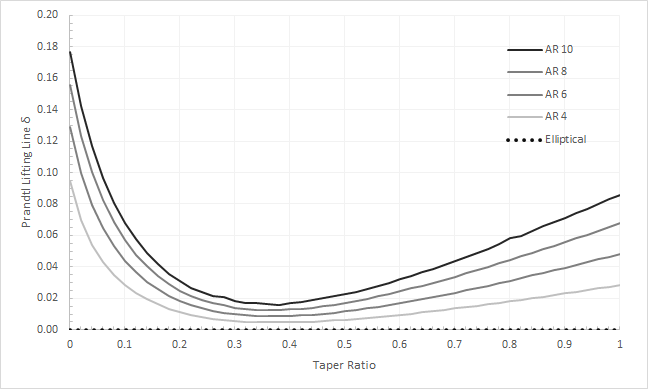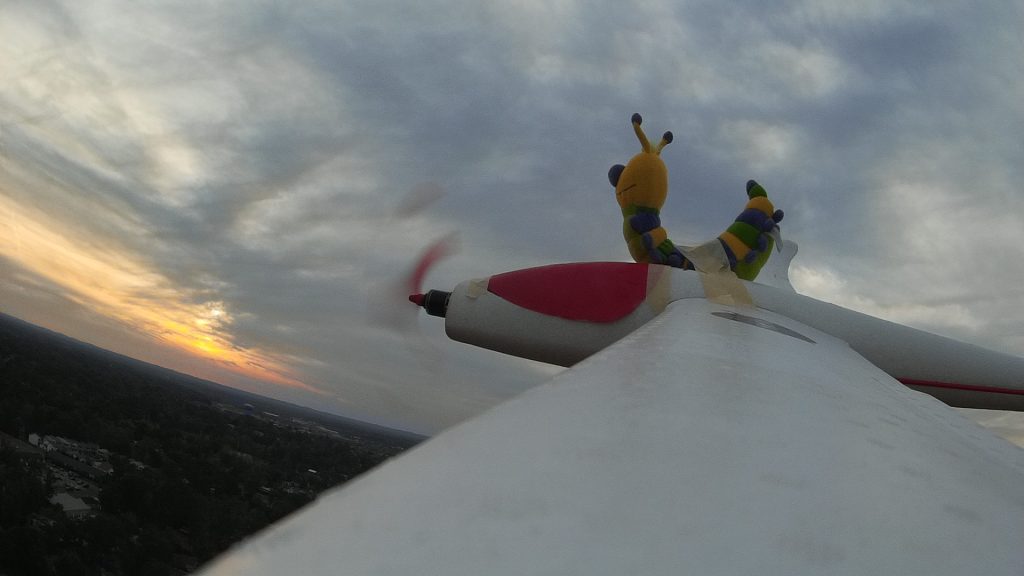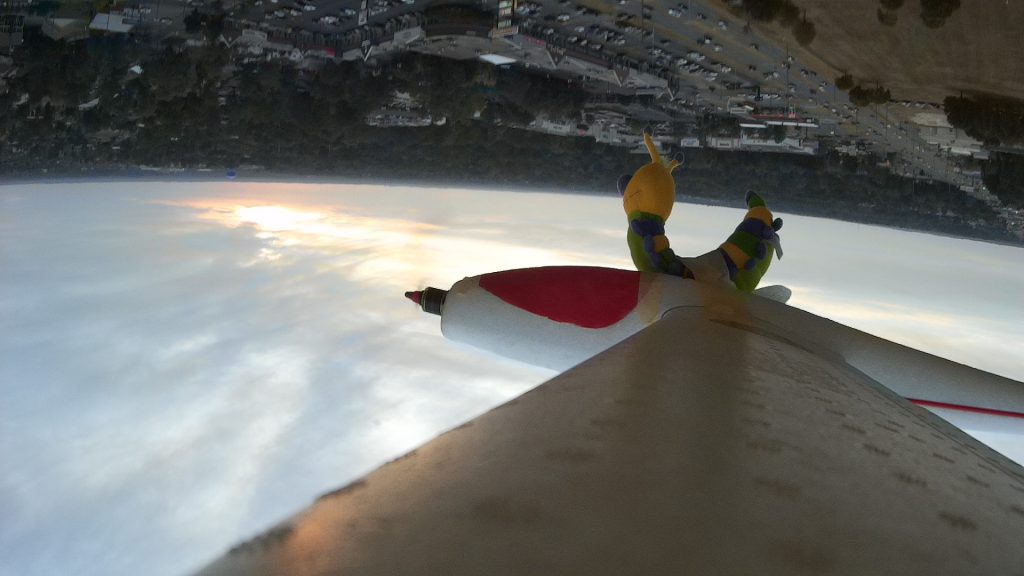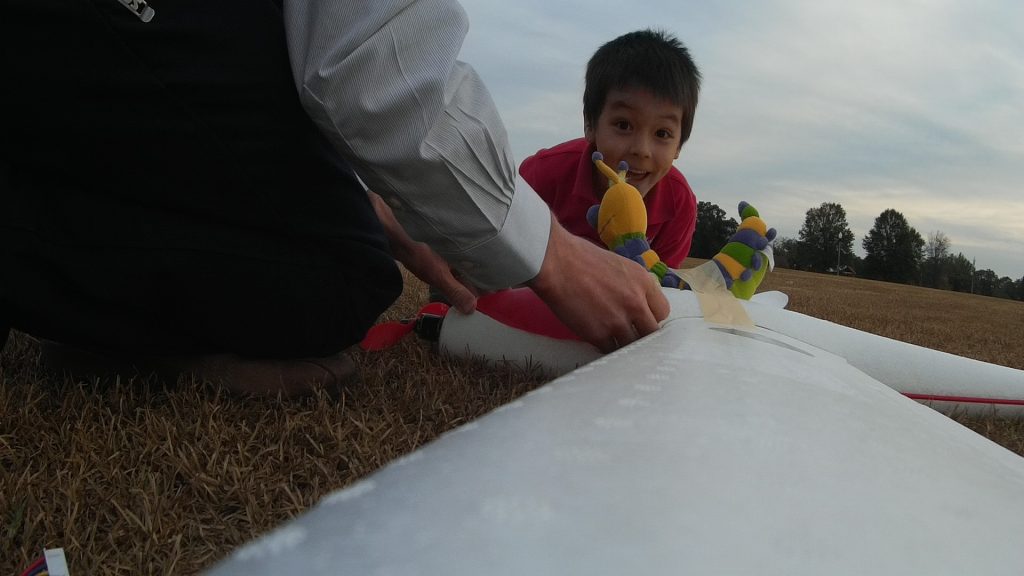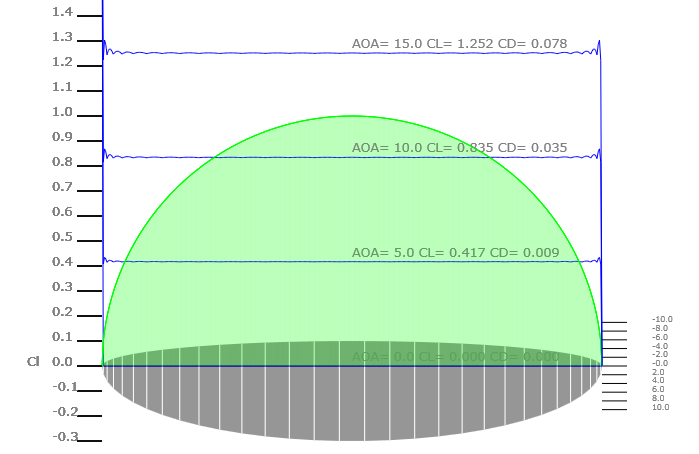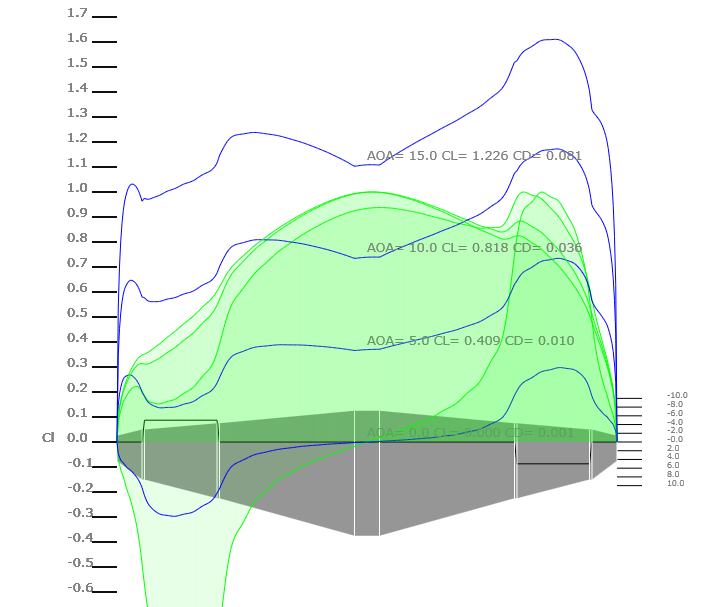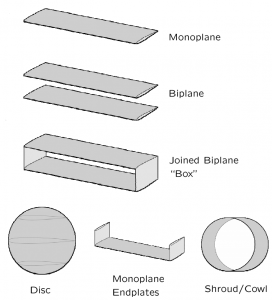Recently, someone asked a good question.
How can I find the aerodynamic properties of an airfoil?
Here’s my quick suggestion:
Simple low-fidelity incompressible (camber line only, but works amazingly well):
- Thin airfoil theory (Anderson, Fundamentals of Aerodynamics, Chapter 4)
- Lesson 13 at https://charles-oneill.com/aem313/
Medium low fidelity incompressible (camber and thickness)
- Panel methods (Katz & Plotkin book is best…)
- Lesson 12 at https://charles-oneill.com/aem614/
Numerical incompressible with boundary layers
- XFOIL software (free MIT software. My students have coupled it with other solvers. Lesson 12 at https://charles-oneill.com/aem313/)
Expensive computational
- CFD (don’t unless you need a compressible viscous solution)



